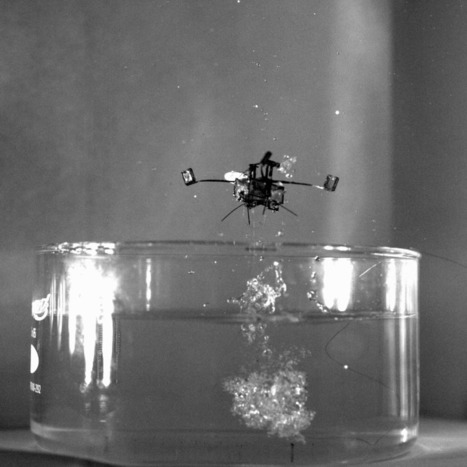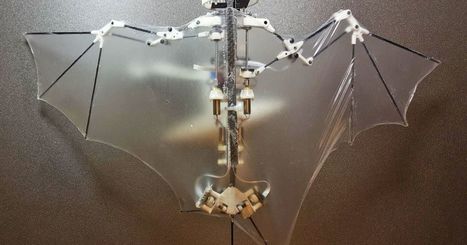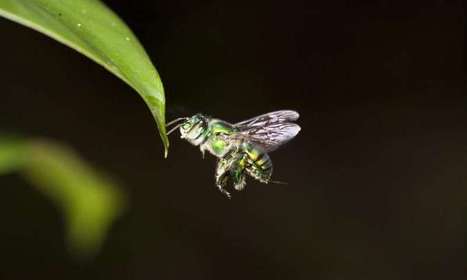"What’s better than a robot inspired by bees? A robot inspired by bees that can swim.Researchers led by a team at Harvard University have developed a tiny, 175-milligram (about two feathers) device with insect-inspired wings that can both flap and rotate, allowing it to either fly above the ground or swim in shallow waters and easily transition between the two."
Research and publish the best content.
Get Started for FREE
Sign up with Facebook Sign up with X
I don't have a Facebook or a X account
Already have an account: Login
 Your new post is loading... Your new post is loading...
 Your new post is loading... Your new post is loading...
|
|






















